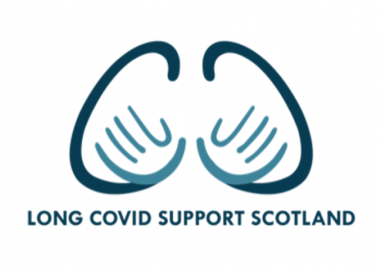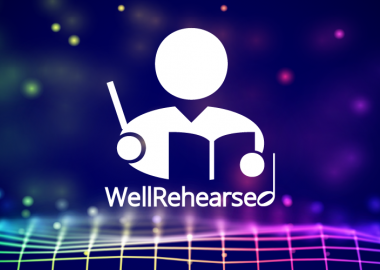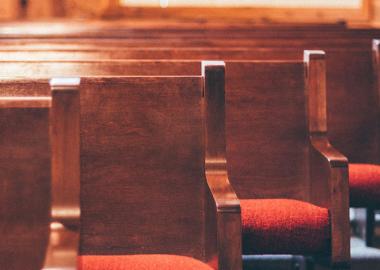We hear from groups about how they have managed to put on risk-assessed, COVID-secure performances for their audiences.
Putting on a COVID-secure performance: Grayshott Concerts | Putting on a COVID-secure performance: Witney Music Society
Norwich Chamber Music is a promoter group that aims to present chamber music of the highest international standard. We put on 12 to 14 events annually, and our season starts in September and ends in May. Ticket prices are £25 for each concert: a season ticket is £195. Membership is available for an annual cost of £25; members get £5 off each ticket and access to priority booking. Average audience size is 250. The committee of 11 people meet monthly.
What was your group’s initial reaction when lockdown was introduced in March?
We had to cancel two concerts in March and April. We emailed all our members and ticket holders to let them know. Individual tickets, which are sold through Ticketsource, were refunded automatically. We offered a rebate to our season ticket holders.
When did you start to look ahead to future concerts, and what were your considerations?
During the summer, we were not sure we could offer socially distanced concerts, partly because of finance, and partly for care of our elderly audience. We only started thinking about concerts in late August/early September as the guidance on concert performances became clearer. The Committee discussed the pros and cons in depth, weighing up our objectives and social responsibilities in these times.
Many of our subscribers had bought season tickets for 2020/21, not knowing whether concerts would be possible. If there were no concerts, we committed to use this money to give some level of recompense to cancelled artists. However, with so many committed supporters, we felt we should pilot a concert, and then judge the outcome. We selected the Nash Ensemble because they were London-based.
We updated our website with details of our new COVID-secure procedures, we sent explicit emails to all attendees in advance, and we made sure there was lots of signage on site. We held a rigorous volunteer briefing session before the concerts
What other details did you need to consider in planning a COVID-secure performance?
We formed a subcommittee of three (Chairman, Concert Administrator, and Front of House Manager) to oversee the risk assessment and planning. We used the venue’s own risk assessment and married it to the Making Music risk assessment, creating a useful document which we have made available on our website.
For the performance, we implemented the following changes and provisions:
• one-way systems
• marked seating
• sequence for entry and exit
• sanitisation points
• two one-hour performances separated by two hours for cleaning and volunteer recovery
• reduced ticket prices by £5 to £20
• sanitiser and cleaning materials provided by the venue
• sashes for the volunteers – very popular, we will be using them forever!
There was not too much change when it came to looking after our performers as the group fell below the rule of six. We needed to persuade the artists to stay masked when not playing. Music stands were held 2 metres apart which fortunately was easily done, though it looked a bit different.
We updated our website with details of our new COVID-secure procedures, we sent explicit emails to all attendees in advance, and we made sure there was lots of signage on site. We held a rigorous volunteer briefing session before the concerts.
We only started thinking about concerts in late August/early September as the guidance on concert performances became clearer. The Committee discussed the pros and cons in depth, weighing up our objectives and social responsibilities in these times
What worked well and what concerns did you have at your COVID-secure performance?
We put on two one-hour concerts back to back (with a ventilation and cleaning break in between), with an average audience of 54. All went extremely well, aided by a superb performance of Schubert’s “Trout”. Many high praise emails were received afterwards. The venue management were impressed.
We spent more putting on the concert than we would usually have done, and the box office takings were a lot lower. This was a deliberate plan and expense to maintain our links with our membership.
The biggest concerns were making sure our normal volunteers were happy to help, and that our audience were happy to keep to stringent rules. In the end everyone was delighted to be there.
What top tips would you give to anyone planning a COVID-secure performance?
Plan hard, work hard, don’t cut corners, get a good team to support you, and do everything you can to get them working together to make sure the event is fun for everyone involved.
Putting on a COVID-secure performance: Grayshott Concerts
Putting on a COVID-secure performance: Witney Music Society
We hope you find this Making Music resource useful. If you have any comments or suggestions about the guidance please contact us. Whilst every effort is made to ensure that the content of this guidance is accurate and up to date, Making Music do not warrant, nor accept any liability or responsibility for the completeness or accuracy of the content, or for any loss which may arise from reliance on the information contained in it.










